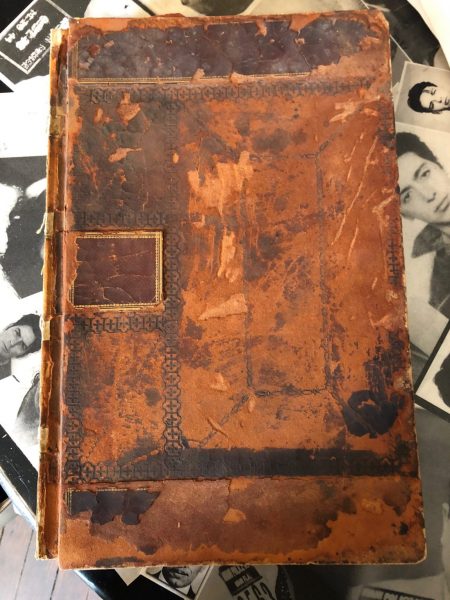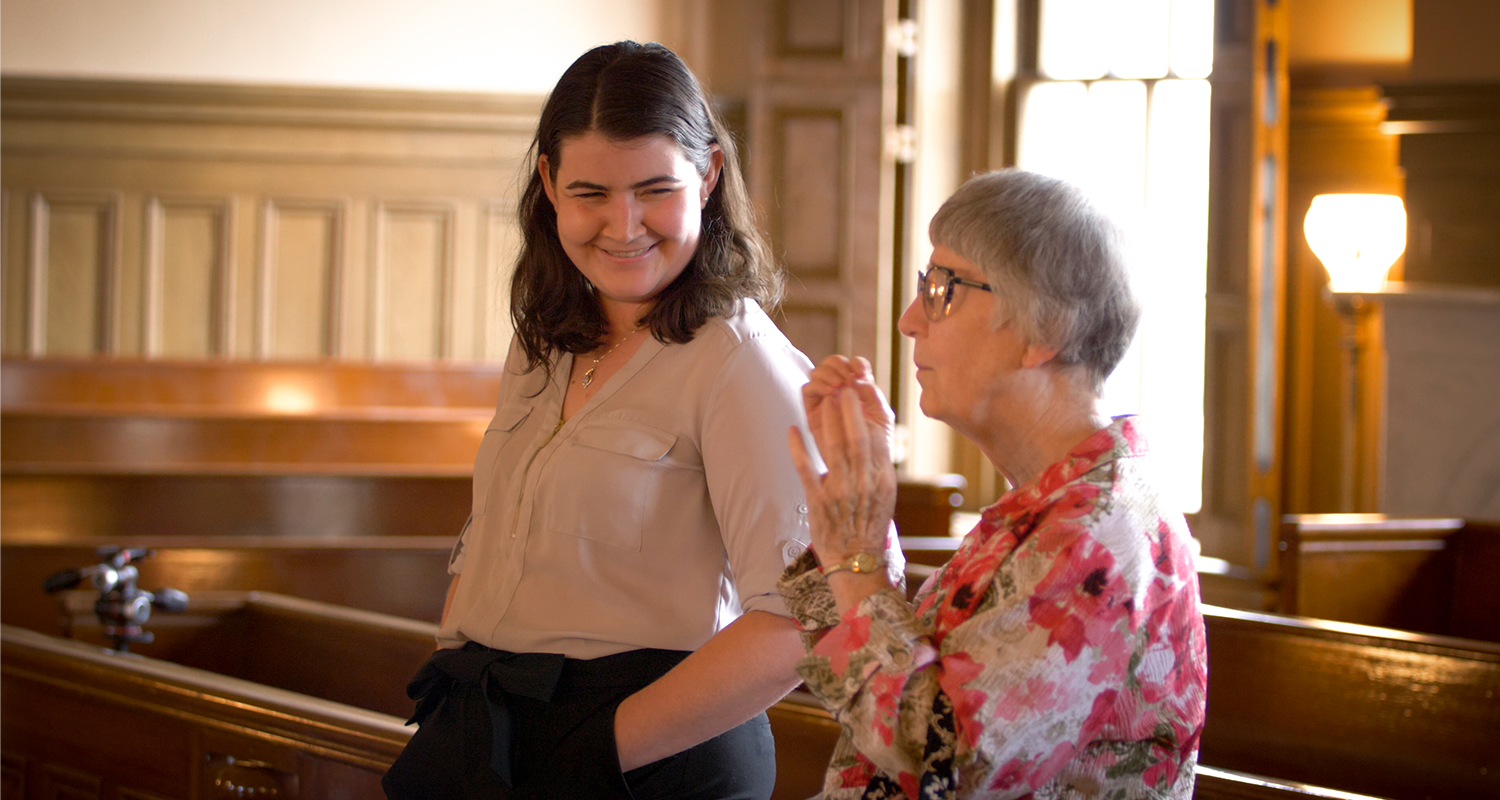If you’re a local history buff, then you’ve probably enjoyed reading at least a few of the stories written by Emma Wiley in the last year. Emma is Wheeling Heritage’s AmeriCorp member through the Preservation Alliance of West Virginia. This statewide national service initiative provides members with professional experience and hands-on training in the fields of public history and community development. AmeriCorps members provide organizations like Wheeling Heritage with extra support to help fulfill their missions and create thriving communities.
Emma began her service with Wheeling Heritage in August 2020 and quickly immersed herself in Wheeling’s rich history by exploring the archives at the Ohio County Public Library. Her primary role was to research and produce content to be published right here on Weelunk. While Weelunk is a community platform that highlights the voices from all walks of life, having a full-time historian on the team has helped enhance the types of content available on our platform.
Throughout the past year, Emma has provided us with several well-researched articles that were not only informative but extremely entertaining. Whether she was writing about silly newspaper headlines from the 1920s or taking a deep dive into topics related to cultural appropriation and segregation in Wheeling, Emma has always told Wheeling’s story with honesty and authenticity that has resonated with our readers. In fact, in the past year, she has garnered over 30,000 page views, thousands of “likes” and “shares” on social media, and several kind words from our readers who appreciate her work.
As Emma’s time with Wheeling Heritage winds down, we’re commemorating her time with us by sharing her top 10 articles. Check them out below and click here to see all of her articles from this past year.
10 – No Rest for the Dead: The History of Moving Bodies in Wheeling’s Cemeteries
Most of Wheeling’s earliest cemeteries were located closer to the center of town. As the city grew, the cemeteries that were built on what were the outskirts were taking up valuable real estate. As these early burying grounds were dismantled, the remains had to be relocated. There is a long and complicated history of moving bodies between cemeteries in Wheeling.
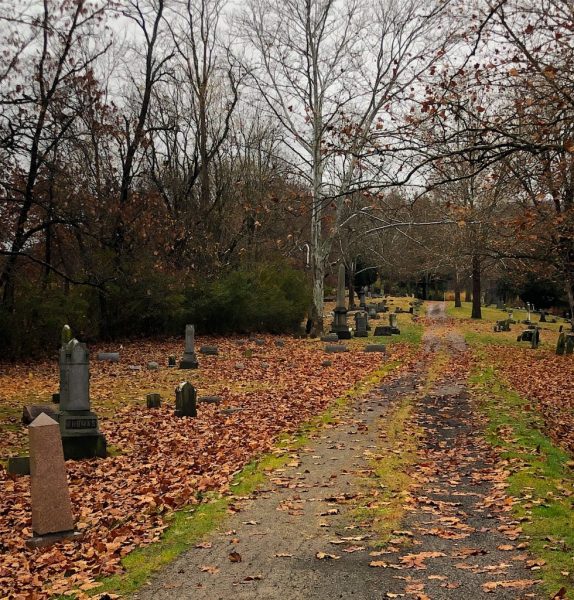
9 – The Many Madonnas (of the Trail)
The “Madonna of the Trail” statue on the edge of Wheeling Park along Route 40 is hard to miss. It has become an icon in Wheeling and has been featured prominently on everything from welcome signs to tourism brochures. But…most people don’t realize that Wheeling’s Madonna isn’t the only statue of its kind. There are twelve—all across the United States.
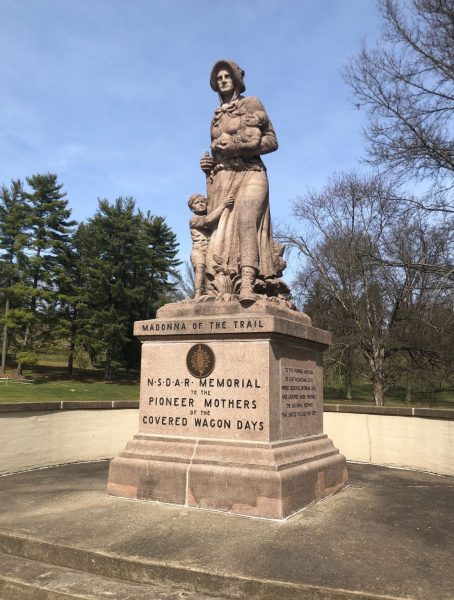
8 – Cultural Appropriation in Wheeling: History of the Improved Order of Red Men
What is the first thing that comes to mind when you stumble across the “Improved Order of Red Men” in old Wheeling records or newspapers? An outdated Western film complete with gun-slinging cowboys and grossly stereotyped Native Americans? Or perhaps something more Wheeling-centric—the misrepresented Mingo statue up on Wheeling Hill?
Well—the Improved Order of Red Men is a secret fraternal organization with a complicated history and appropriation of indigenous culture…and it had several chapters in Wheeling.
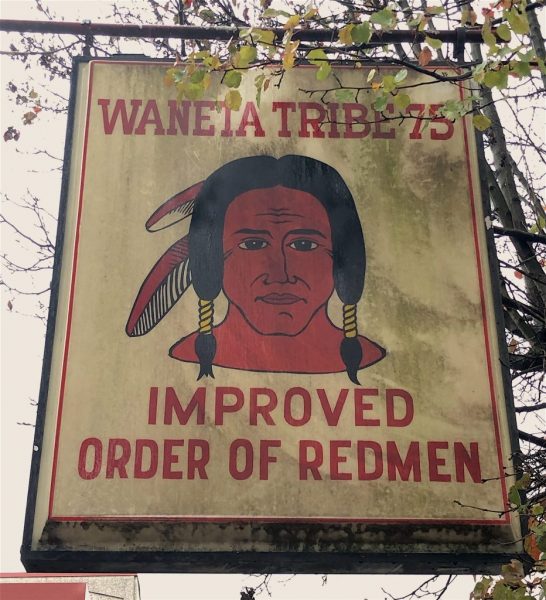
7 – Reexamining Wheeling’s Mingo Statue
The Mingo statue has long been a recognizable landmark on Wheeling’s landscape. It has been featured on the cover of tourism brochures and included in the Smithsonian Art Inventory. While the “Mingo” have been associated with the Ohio Valley and other parts of West Virginia, it was not a tribe, but rather a conglomeration of several different groups of indigenous people.
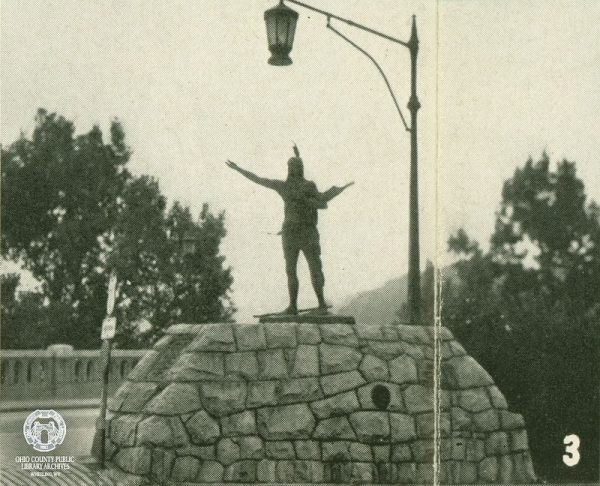
6 – Can You Identify These 10 Wheeling Architectural Details
Wheeling has thousands of interesting, unique, and funky details around town…but how often have you taken the time to look up? Check out this scavenger hunt of ten of our favorite architectural features, logos, or other weird details. Challenge yourself and try to figure out where each detail is before revealing the zoomed-out photo.
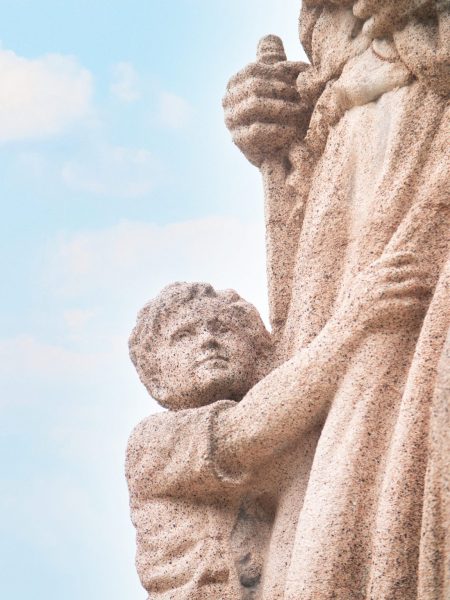
5 – Uncovered Photographs: The Children Who Worked Wheeling’s Factories
While Wheeling has a rich and proud history of organized labor, the issue and history of child labor is often overlooked. There are few records or histories examining or documenting child labor in Wheeling; the experiences, stories, and even names of the potentially hundreds of children who operated factories in Wheeling are lost to time…except for four photos by the famous photographer, Lewis Hine.
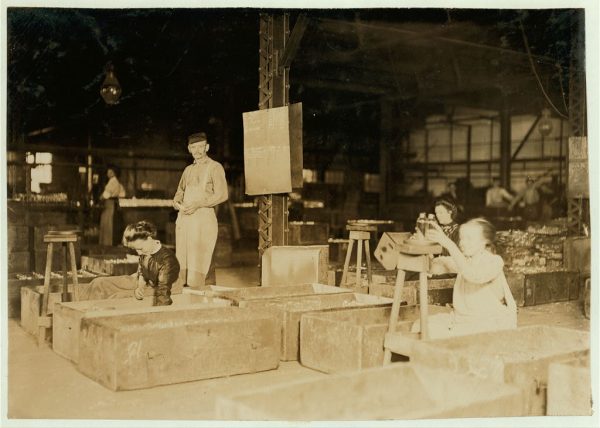
4 – Help Us Solve History’s Mysteries!
Do you recognize any of these people? These are all historic photos of Wheeling people, places, and things that need to be identified. Weelunk, Archiving Wheeling, and the Ohio County Public Library Archives have teamed up to reach out to Wheeling area residents or people that have lived in the Wheeling area at any time—we need your help identifying the individuals in these photos!
This is the start of an ongoing project to connect today’s Wheeling community to its historical resources and stories.
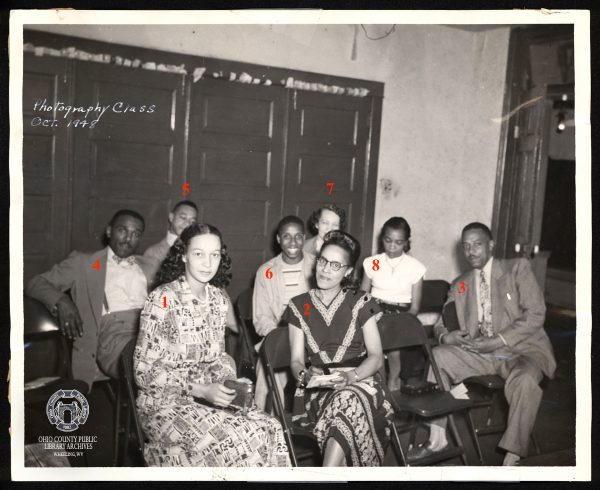
3 – The Day All of Wheeling’s Street Names Changed
Can you imagine the chaos if all of the street names and house numbers changed in Wheeling? The confusion, the misdirection, the lost residents? In July 1873, the Wheeling City Council passed an ordinance to do just that—rename all of Wheeling’s street names and renumber all of the houses. Why bother?
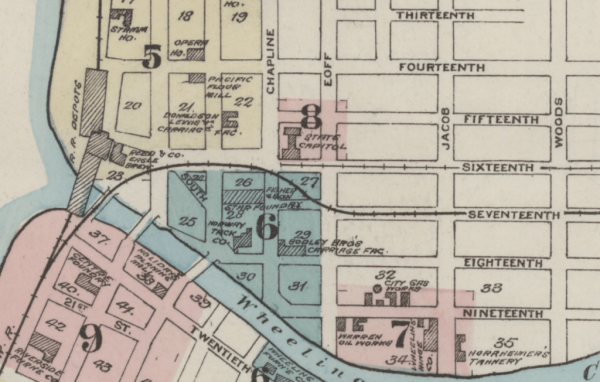
2 – QUIZ: Which Historic Wheeling Building Are You?
Wheeling has a plethora of outstanding historic buildings in various stages of preservation—take this quiz and figure out which historic building you are!
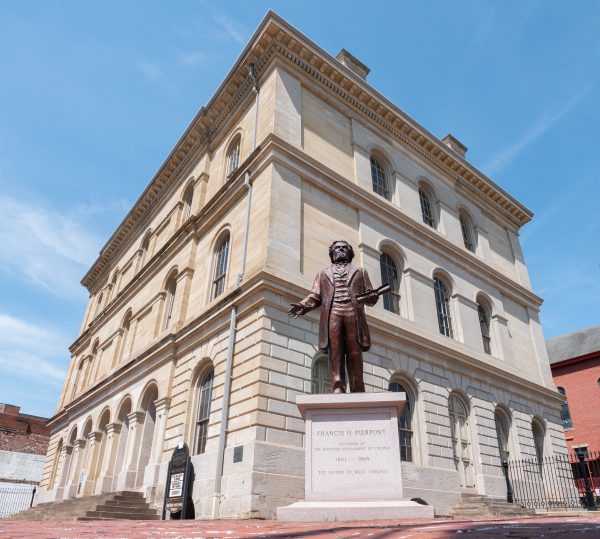
1 – Pre-Civil War Ledger Found in Downtown Wheeling Building…Here Are Some Names Inside
Tucked away on an old bookshelf inside The Outdoor Store in Downtown Wheeling was a well-preserved ledger from an unidentified Wheeling business from the 1850s. See what we learned when we took a peek inside!
